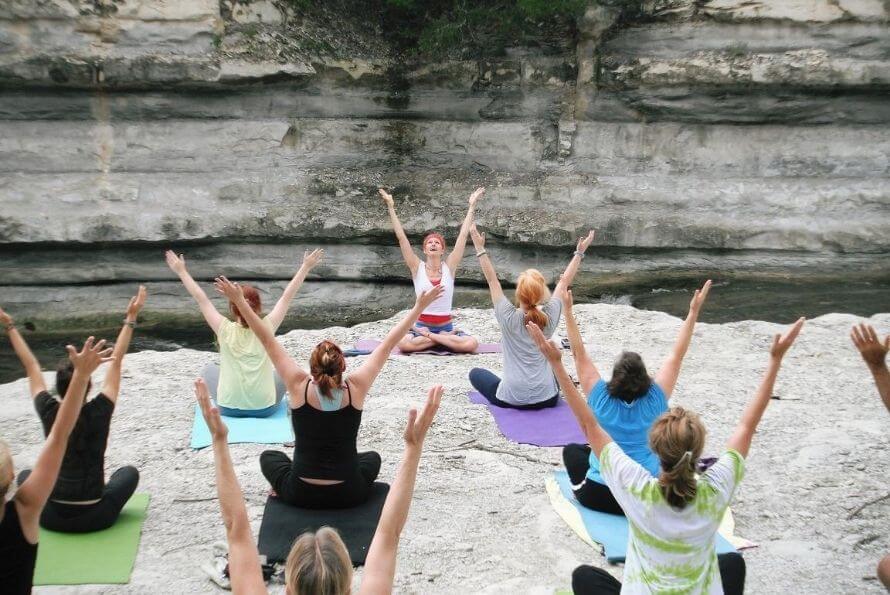Yoga tips for beginners
The first steps are often the most important in your journey of discovery of the world of yoga. Indeed, it is easy to get lost when you are a beginner, so it is important to be well advised.
Many beginners in yoga become demotivated after a few classes because they feel lost in this vast and varied universe. Yoga requires an "open mind" that is willing to learn and step out of its comfort zone from time to time.
In this article we will give you 10 essential tips if you are a beginner and want to get started in Yoga.
What exactly is Yoga?
The first thing to know for a beginner is of course the basics, to know what yoga is exactly.
The word Yoga comes from Sanskrit and literally means "to connect". Connecting body and mind, through thoughts. Yoga itself is about 5000 years old.
The best known form of yoga is Hatha yoga, in which a series of postures are performed to allow energy to flow better through the body.
"Ha" means "sun" and "tha" means "moon". This refers to the active, warm and receptive, calm aspects that we all have.
The principle is to find one's inner balance. For example, with your body you try to develop strength and flexibility, while with your mind you try to balance your efforts and your consciousness.
Hatha yoga is considered a powerful way to change your life in a positive way. It teaches you to control your breathing so that you can take control of the thoughts that are always wandering around in your head.
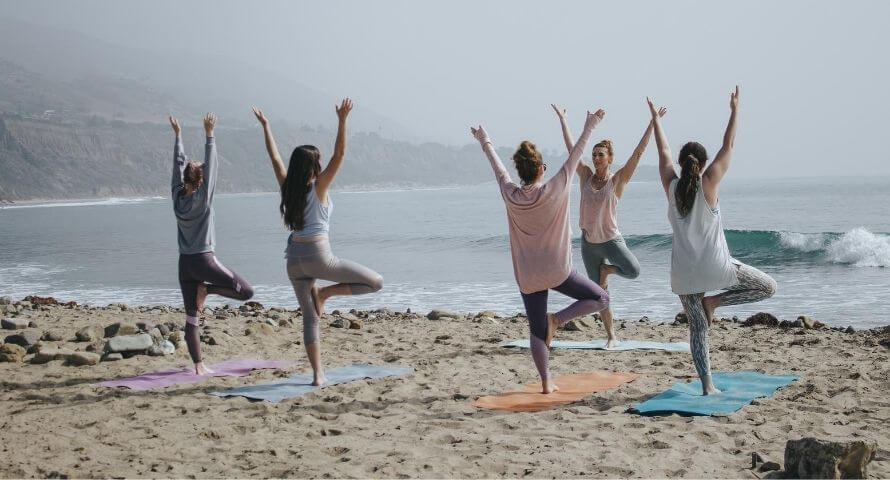
Yoga for beginners - 10 essential tips
Yoga has many different aspects and chances are that when you think of yoga, you think of the physical side of yoga with the asanas (yoga postures).
If you want to get started in asanas, it is extremely important to start well.
The initial phase of yoga is extremely important and determines for most people whether or not they will give yoga a real chance.
Below, we give you 10 essential tips to help you know what to expect from yoga and your practice.
Tip #1: Be open-minded
When you start with yoga, you sometimes encounter things you are not used to.
For example, it is often a bit awkward to sing Ohm for the first time in a group. Or you may wonder what Namaste means as the teacher says as he welcomes you.
Don't try to judge this, but really open yourself to what yoga has to offer. Chase away the embarrassment and let go.
Tip #2: Focus on your own practice
Especially in the beginning, when you are not sure about your practice, you often tend to copy many other yogis around you.
There is nothing wrong with this, but as with Tip 1, try not to judge. So don't compare your practice with someone else's, but rather focus on what the practice is doing to you.
Tip #3: Focus on Breathing
Especially in difficult postures, try to focus your attention on the use of breathing.
When you do not breathe properly in a posture, you will not be able to achieve full consciousness. Indeed only your body will react to the posture but not your mind.
By aligning movement and breathing, you get the most out of your asanas and practice.
Tip #4: Drink water in moderation
Drink water during your workout, but do so in moderation.
During your practice, you are busy "lighting a fire in yourself" and the water "puts out" that fire. So stick to a sip now and then.
Tip #5: Set a goal
Set yourself an intention by asking yourself why you trained and what exactly is your goal.
Why are you walking on the mat? Exactly what reasons do you have for this?
In this way, you will find more regularity and motivation for your sessions, so that you will find the strength to keep practicing.
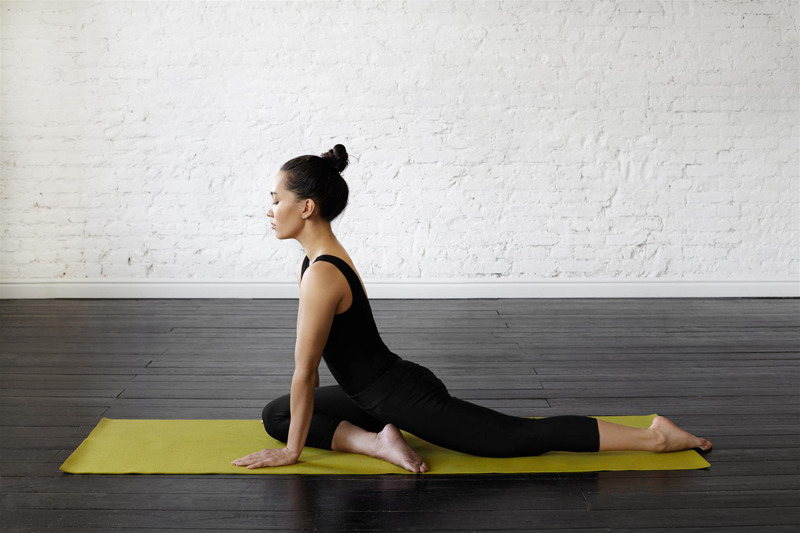
Tip #6: Practice regularly
Practice regularly. By practicing regularly, your body gets used to asanas.
As a result, you are more and more concerned about finding depth in your practice and can more easily overcome the physical challenge.
Tip #7: Accept that yoga is hard work
Yoga is not only relaxing and requires you to explore the limits of your comfort zone.
Accept this and look for the challenge in your practice to really grow.
Tip 8: Do what you do well
In your practice, why you do something is more important than exactly how you do it.
So be critical of yourself and your practice and ask yourself why exactly you are doing something. Focus on the intention behind your practice.
Tip #9: Use yoga accessories
The use of aids is almost indispensable to meet your body's restrictions.
So don't be afraid to use accessories in your practice. For example, a yoga mat and a meditation cushion.
Not only will you get the most out of your practice, but you will also greatly reduce the risk of injury!
Tip #10: Always end with a meditation
If you ask me, meditation is the icing on the cake. Think of it as the goal or reward for which you have trained.
Even if you meditate briefly, never skip this most important part of your practice! So open yourself up to learn and yoga can bring a lot of beauty into your daily life.
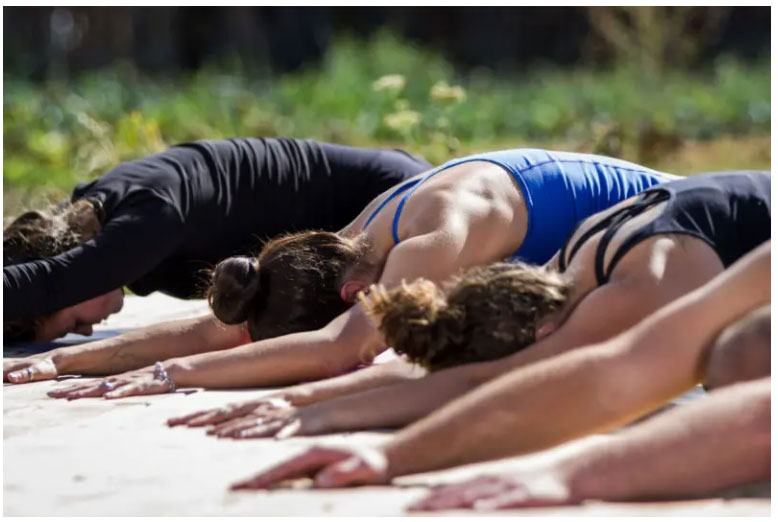
Why should you practice yoga?
The practice of yoga has countless benefits for your body and mind. You may have heard about it and it may have inspired you to start with yoga. Below we have listed a number of them for you:
• More relaxation.
• Develop muscular strength.
• More confidence.
• Better concentration.
• Create more flexibility and stability.
• Challenge your own possibilities.
• Empty your mind and create a moment for yourself.
You can see yoga as a holistic system, a way of life. A complete yoga practice has an effect on the whole body system.
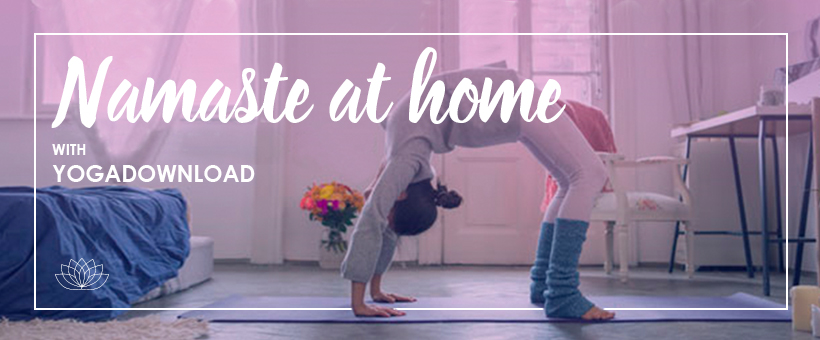
When you first start with yoga, you may not notice it immediately, but the more you practice, the more you will realize it.
Yoga is believed to have healing properties as it helps to fight back and neck diseases. They are said to be greatly reduced or even completely gone.
Some people heal from burn-out by consciously working with themselves through yoga. Indeed by practicing yoga, we can open our eyes on our life and find the courage to choose another path.
Yoga can offer you so much, but you just have to start with it!
How do I start with yoga?
If you are new to yoga, you may not know where to start.
This is quite understandable, because the world of Yoga is very broad and translates into all kinds of aspects of life. We recommend our article "Which Yoga to Choose" to help you find the right type of yoga for you.
Yoga for beginners consists mainly of learning all the basic postures for the first lessons. Many people are initially attracted to the physical aspects of yoga. And that's fine. Take a number of lessons or do a class at home and see if you like it.
Many beginners then slowly but surely become more and more interested in the philosophy and thoughts behind yoga. This has a lot to do with how you are taught and who teaches you.
Indeed, many yoga schools pay (unfortunately) too much attention to all the physical aspects and omit the techniques of mindfulness, meditation and breathing.
Yoga in fitness centers is taught in this way, among others. Which is a pity, because in our opinion, you miss the true purpose of yoga.
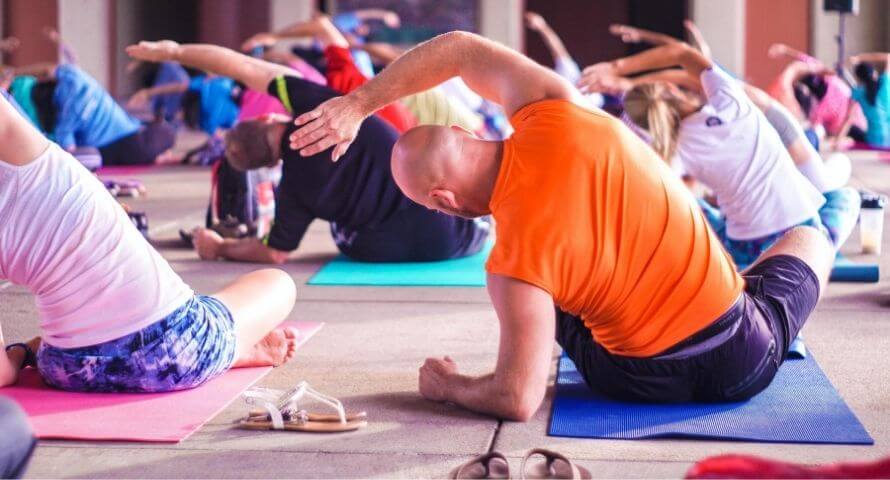
Yoga exercises for beginners
As mentioned above, beginner's yoga consists mainly of learning a number of physical postures so that energy can flow better through your body.
Beginner's yoga exercises begin with a few basic exercises.
For example, it is important to learn how to breathe properly. It is also important that you can sit comfortably.
Indeed, you will not feel any physical pain with the relaxation exercises and you will be able to concentrate better on the exercise.
Later, other techniques can be gradually learned that give you more control over your thoughts, such as meditation.
You will find many yoga exercises online for beginners. You can watch them for free on some specialized YouTube channels. Start with these exercises at home and see what it does for you. Many people immediately feel better mentally and physically because of yoga.
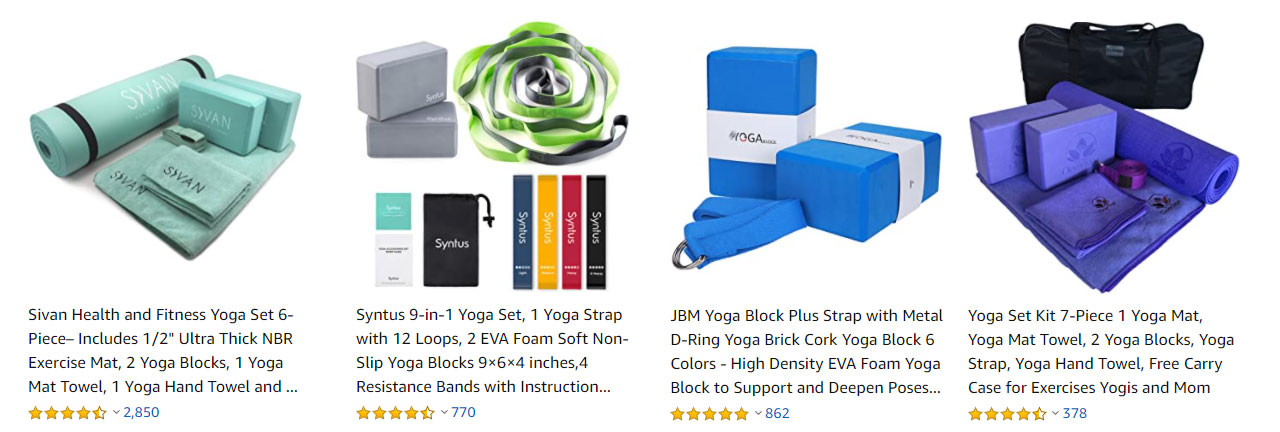
Conclusion
Don't be afraid of not being flexible enough. Yoga is for everyone and you really don't need to be able to touch your toes.
Some people think yoga is woolly. This is a big misunderstanding. The only way to find out for yourself is to take a number of yoga classes.
Enter the class without waiting and let it come to you. Some things will be weird and strange, but just be open-minded and don't take yourself too seriously.


